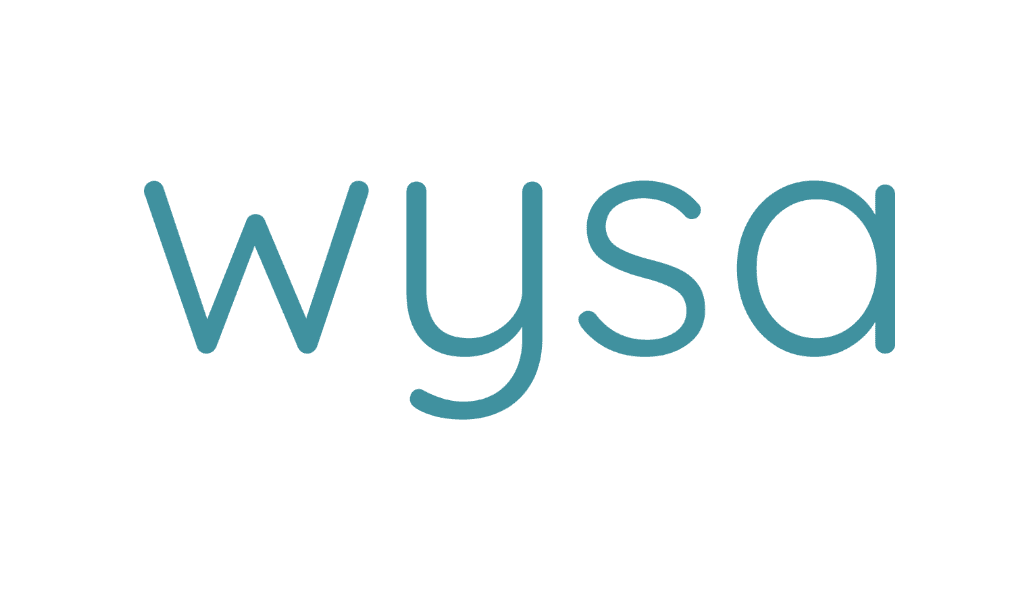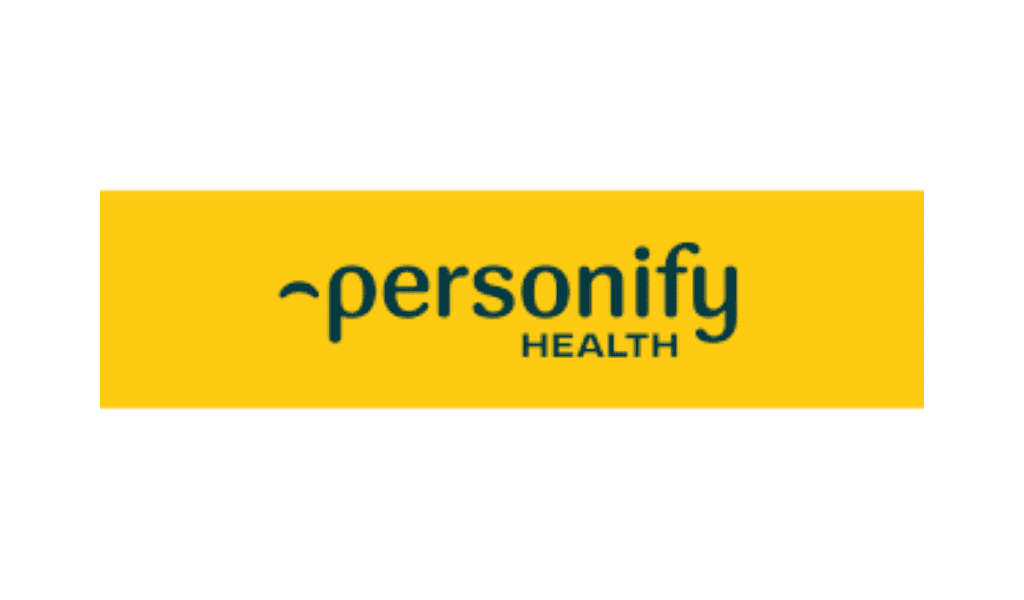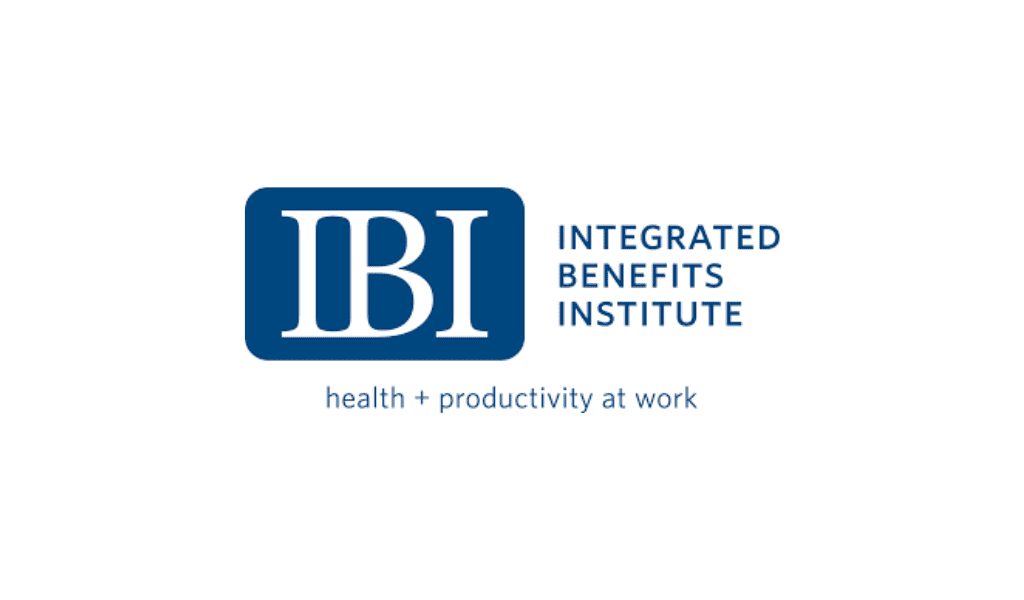Ways for HR leaders to better understand employee mental wellness before it’s too late.
By Robin Erickson
Two years into the COVID crisis research shows that employee burnout has increased since its start. In April 2021, a survey from The Conference Board revealed 76% of the participating U.S.-based HR leaders experienced an increase in the number of employees who identified as being burned out. “We are losing employees due to big offers from organizations where they believe they won’t have to work as hard,” reported one HR leader from an organization that had never had an issue with retention in August 2021. In today’s historically-tight labor market, employees who have been working too hard for too long without enough reward are finding new employers that they believe will value them and their performance more.
In terms of mental health, another survey from The Conference Board in December 2021 found that 51% of employees reported that their mental health had deteriorated since the beginning of the pandemic. Even worse, only 47% of employees thought their managers adequately addressed their mental health concerns.
How can organizations respond? Leaders and managers need to learn to recognize the symptoms of burnout (higher stress, loss of motivation, negative personality change, sense of helplessness) and address it. They need to provide employees with as much schedule and location flexibility as is feasible. Give all employees extra paid time off to thank them -an extra day off around a holiday goes a long way.
Managers also need to set boundaries while staying flexible. In the December 2021 survey, 66% of respondents wanted their organization to encourage employees to disconnect at the end of normal working hours and 60% wanted to be able to take “no-work” vacation days without guilt.
Leaders should conduct stay interviews with all employees -checking in to see if current workloads are manageable and if the employees are exhibiting signs of burnout. If workloads aren’t sustainable, rewrite and prioritize goals and deliverables accordingly.
51% of employees reported that their mental health had deteriorated since the beginning of the pandemic. Even worse, only 47% of employees thought their managers adequately addressed their mental health concerns.
It’s critical to train all leaders and employees to develop their personal resilience skills. At a minimum, employees should receive training on focus, pragmatic optimism, and empathy. Focus is the ability to concentrate and decrease distractions while increasing productivity and quality. Pragmatic optimism is the belief that the future will be better, in part because of the individual actions taken every day. Empathy is the ability to perceive what other people are feeling or experiencing from their point of view; it builds closer, more supportive relationships.
It’s not too late to recognize the efforts made by those employees who covered for their constrained colleagues during COVID. While verbally thanking superstars is appreciated, consider a one-time thank you performance bonus or salary increase.
Compensation strategies must not disadvantage employees who are staying at their current organizations -paying higher salaries to new employees, for example. Investing money to retain employees is much more cost effective than replacing them in terms of intangible costs that can hit the bottom line, such as lost productivity, lost client relationships, lost institutional knowledge, and lowered employee morale.
HR leaders need to continue to prioritize employees’ well-being and communicate care and support. If it’s unclear what is causing burnout or how to fix it, ask employees anonymously. The information gleaned may be surprising.
Robin Erickson, PhD, is vice president of human capital for The Conference Board.














